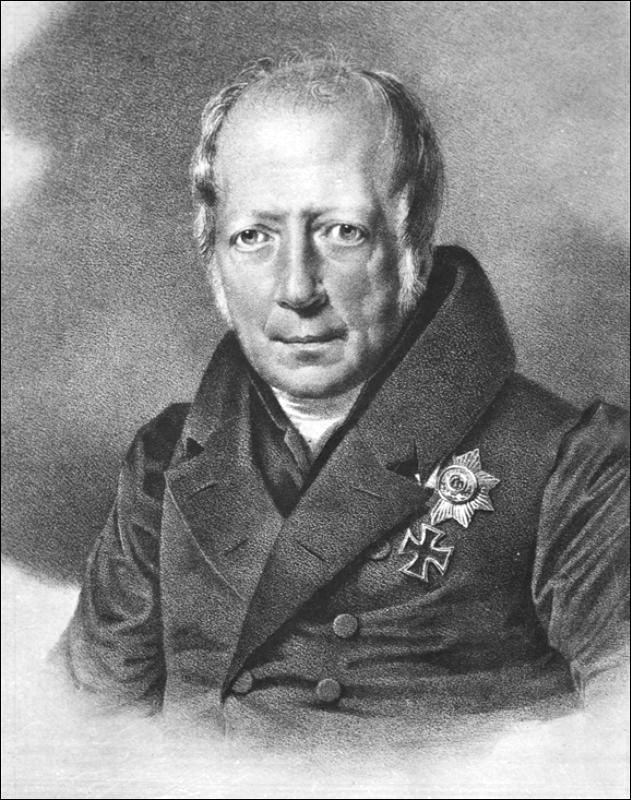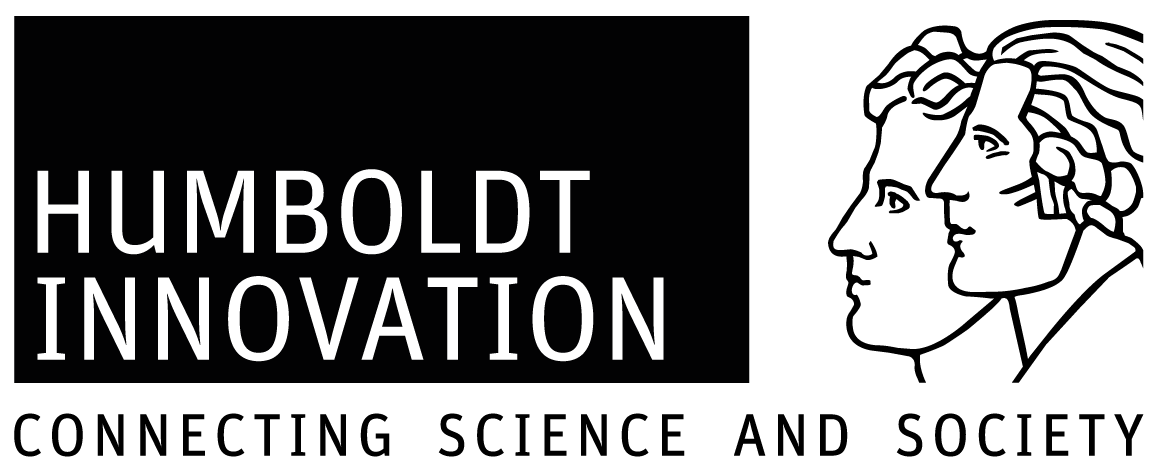
If we go back more than 200 years, we arrive at the year 1810. That was when the University of Berlin was founded, an event driven partly by the then Prussian Minister of Education, Wilhelm von Humboldt, and which marked the birth of the modern German university. The founding was preceded by the Neo-Humanist university idea, which emerged around 1800 and laid the groundwork for the University of Berlin.
The Neo-Humanist university idea, and thus the Humboldtian university, was characterised by five principles:
- The unity of research and teaching
- The freedom of research and teaching
- The notion that the university serves the “pure” idea of science for its own sake (Zweckfreiheit – freedom from practical purpose) and that the primary goal is scientific study, not academic vocational training
- The assumption that science forms (bildet) and produces truly moral leaders (sittliche Führungspersönlichkeiten)
- The unity of all sciences at the university, held together by the disciplines of the Faculty of Philosophy

However, these principles were not put into practice until the 20th century. Moreover, 19th-century society did not regard the University of Berlin as a reform university, but rather those in Göttingen and Halle. After the dawn of the 20th century, the understanding of the Berlin University as the first modern classical university gradually spread. It received its current name, Humboldt University of Berlin, in 1949.
Characteristic of Humboldt’s conception of science, however, was not only its inherent value as an end in itself, but also its necessity for the state and the nation. According to Humboldt, science must be “made available for use,” which we would today describe as knowledge transfer — the very principle to which we at Humboldt Innovation are committed.
Source:
Read our other HI:BITS:










